There’s a variety of world-famous destinations in our own backyard.
When you think of UNESCO World Heritage Sites, iconic international destinations like Machu Picchu, the Taj Mahal and the Acropolis likely come to mind. But did you know there are some amazing sites on the United Nations Educational, Scientific and Cultural Organization’s list right here in the U.S.?
As of 2023, 24 World Heritage Sites are located in the U.S. and another 19 are on the country’s list of properties under consideration to be nominated for official designation in the future.
Below, we’ve rounded up 15 highlights to inspire your next domestic vacation.
1. San Antonio Missions
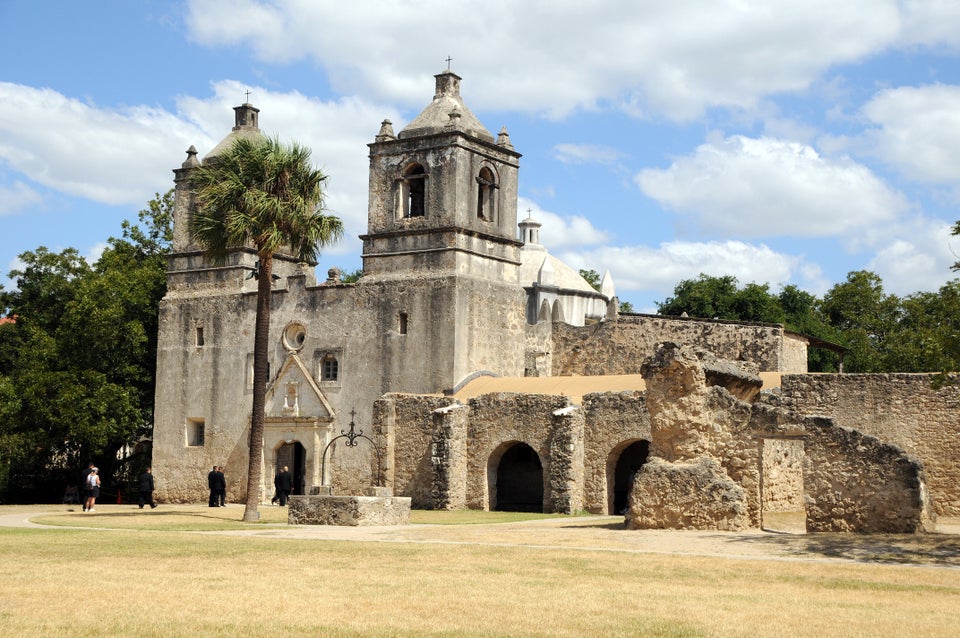
Named a World Heritage Site in 2015, the San Antonio Missions consist of five Spanish frontier mission complexes along the San Antonio River basin in South-Central Texas. The site, which was built by Franciscan missionaries in the 18th century, is home to the famous Mission Valero, aka the Alamo.
2. Yellowstone National Park
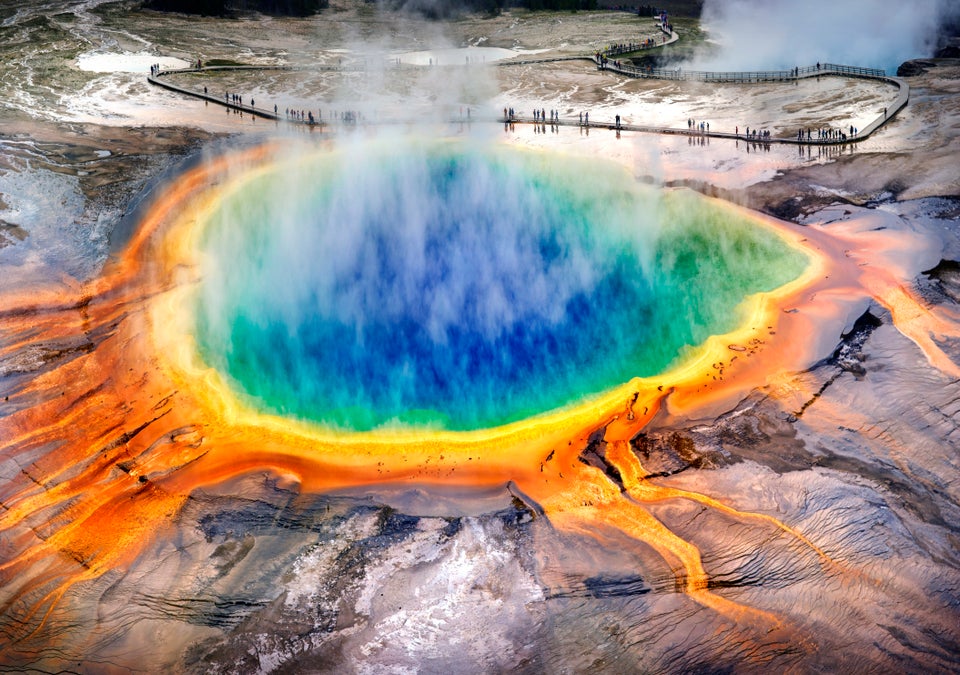
In addition to being the first national park in the U.S. (and widely regarded as the first in the world), Yellowstone National Park is also one of the two first UNESCO World Heritage sites in the U.S. Added to the list in 1978, the park is home to the famous Old Faithful geyser and spans nearly 3,500 miles across Wyoming and into Montana and Idaho.
3. The 20th-Century Architecture of Frank Lloyd Wright
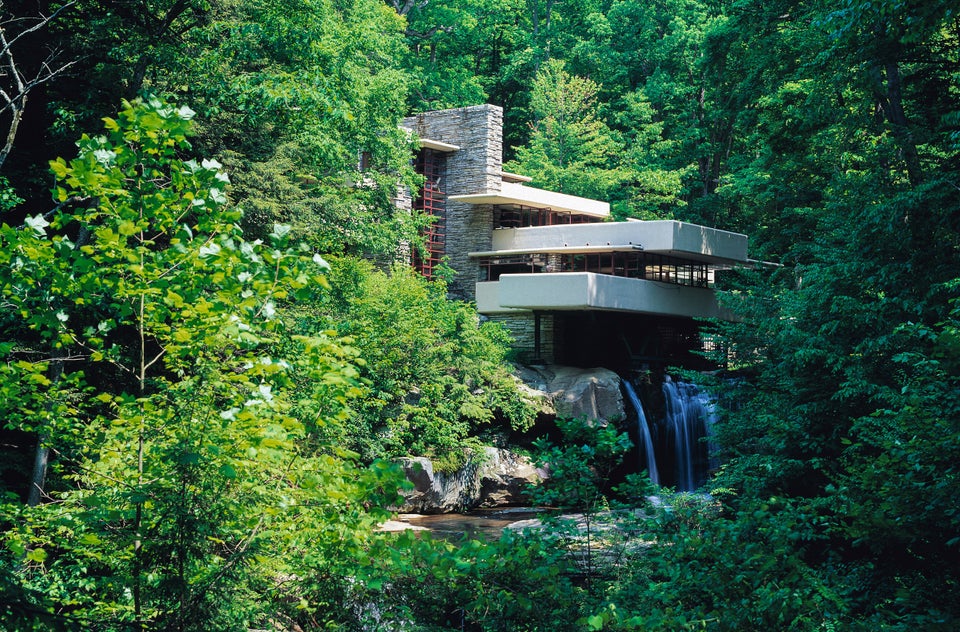
The most recently designated heritage site in the U.S. is a selection of eight buildings designed by Frank Lloyd Wright in six different states. Added to the UNESCO roster in 2019, the list of buildings includes the famous Fallingwater in Mill Run, Pennsylvania, as well as the architect’s Taliesin and Taliesin West estates in Wisconsin and Arizona, respectively.
4. Papahānaumokuākea
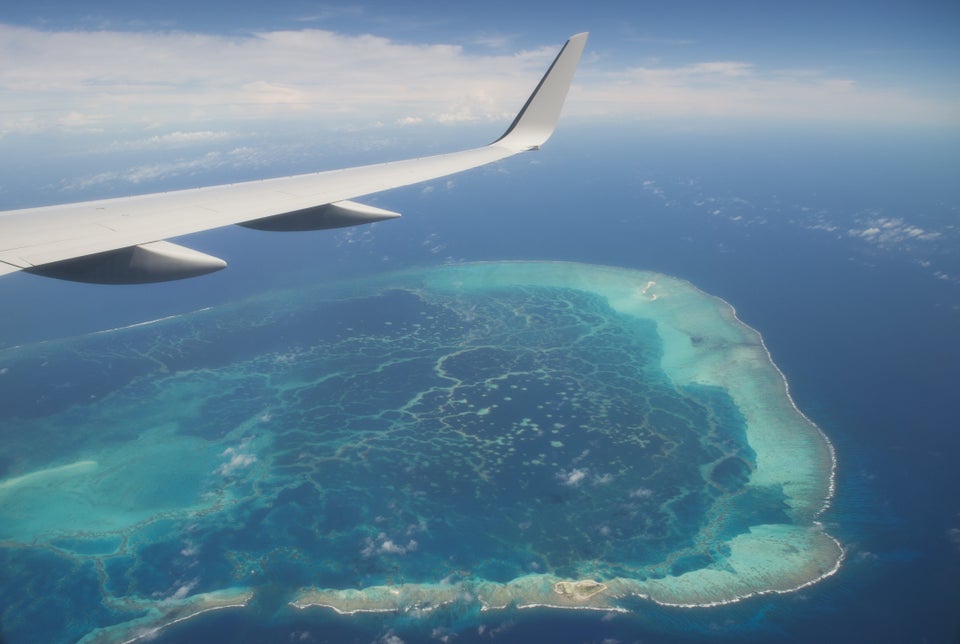
Located around the Northwestern Hawaiian Islands, Papahānaumokuākea is the largest marine protected area in the world and officially became a heritage site in 2010. In addition to its natural significance as a major ecosystem, the area also holds cultural meaning to native Hawaiians.
5. Grand Canyon National Park
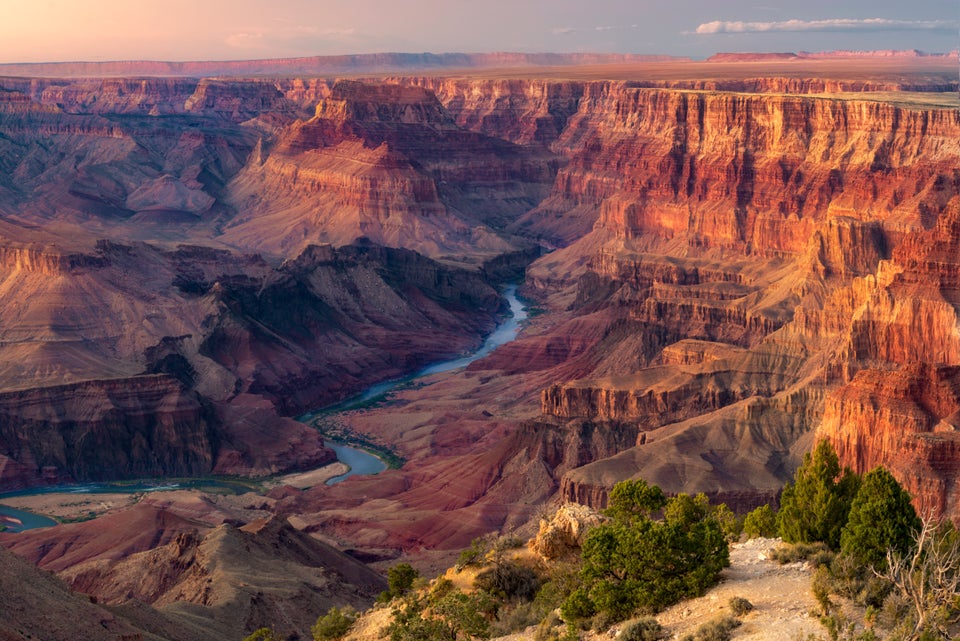
Grand Canyon National Park was another early U.S. addition to the heritage site list, having joined in 1979. Consistently one of the most visited national parks in the country, the Arizona destination features stunning views, incredible hikes and a fascinating history.
6. Independence Hall
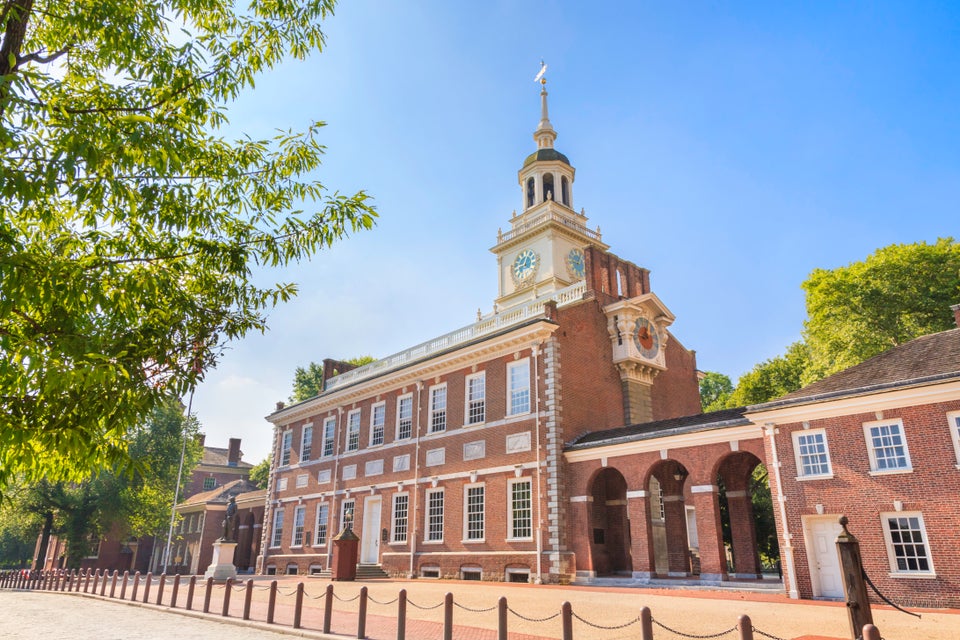
Independence Hall in Philadelphia was named a heritage site in 1979, more than 200 years after the Founding Fathers gathered there to debate and adopt the Declaration of Independence and the U.S. Constitution. Due to the significance of these events, the building is considered the birthplace of America.
7. Taos Pueblo
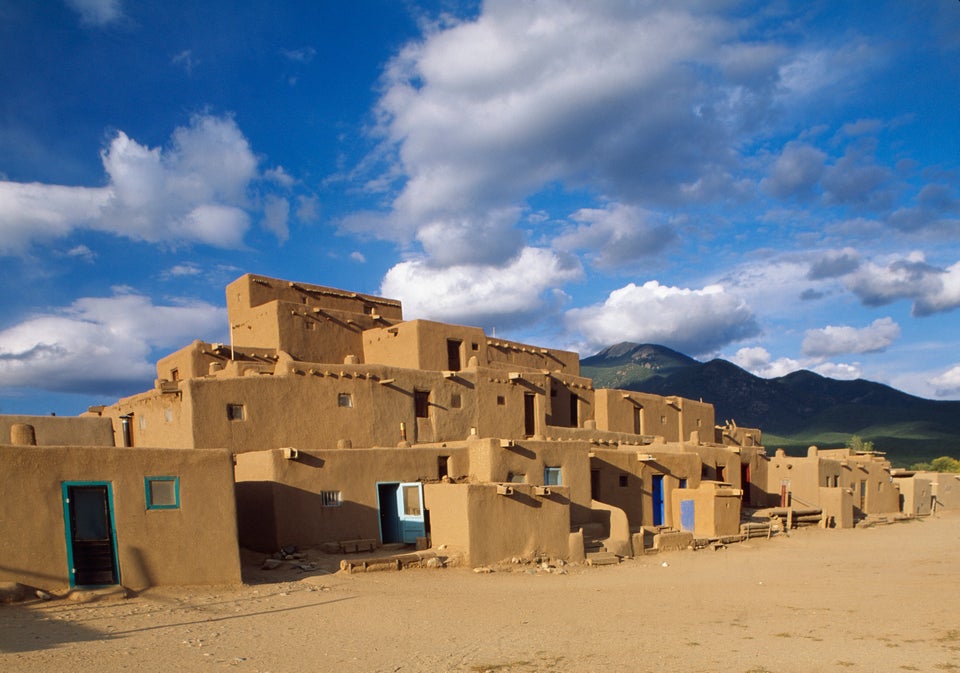
New Mexico’s Taos Pueblo became a heritage site in 1992. A cluster of ancient adobe structures, the pueblo was constructed in the 13th and 14th centuries and is considered one of the oldest continuously inhabited communities in the U.S.
8. Glacier National Park
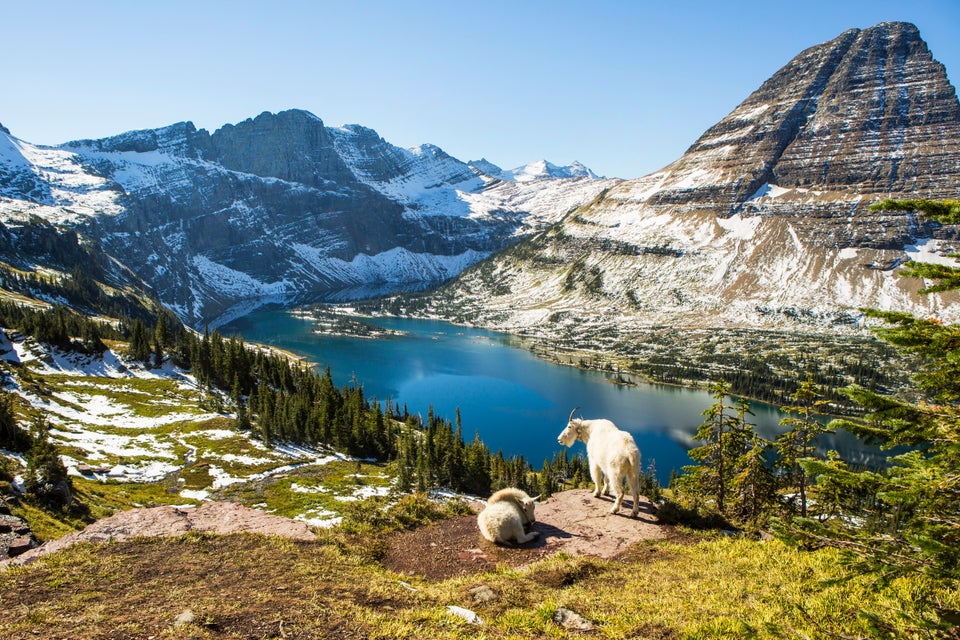
In 1995, UNESCO named Waterton-Glacier International Peace Park a new transnational heritage site, consisting of Waterton Lakes National Park in Alberta, Canada, and Glacier National Park in Montana. The site is famous for its mountain vistas and namesake glaciers.
9. La Fortaleza and San Juan National Historic Site
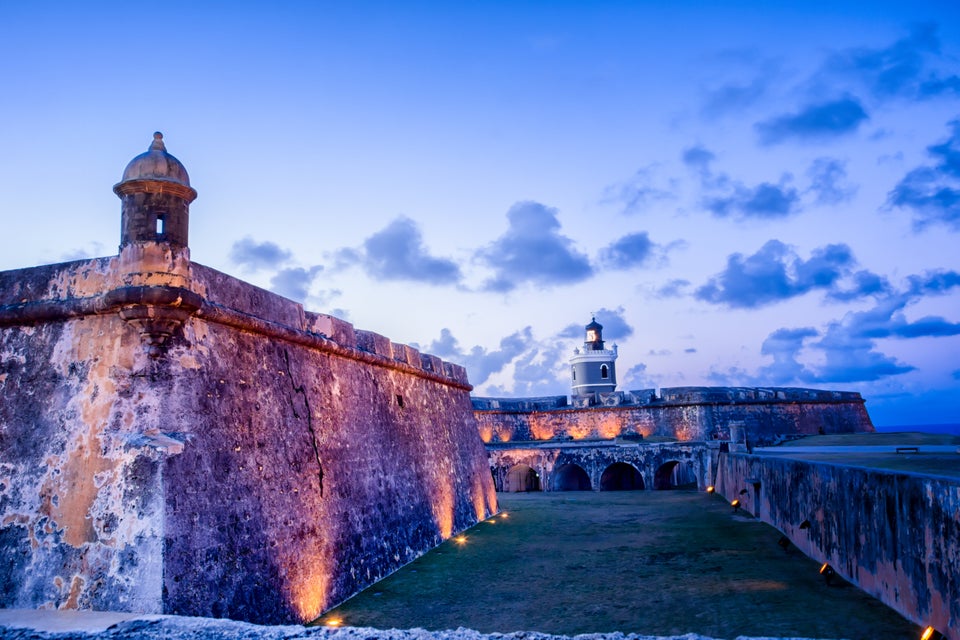
Puerto Rico is home to La Fortaleza and San Juan National Historic Site, a world heritage site since 1983. La Fortaleza is a 16th-century fort located on the water in the capital city, while San Juan National Historic Site contains a number of historic sites like Castillo de San Felipe del Morro, Castillo de San Cristóbal. El Cañuelo and the San Juan City Walls.
10. Carlsbad Caverns National Park
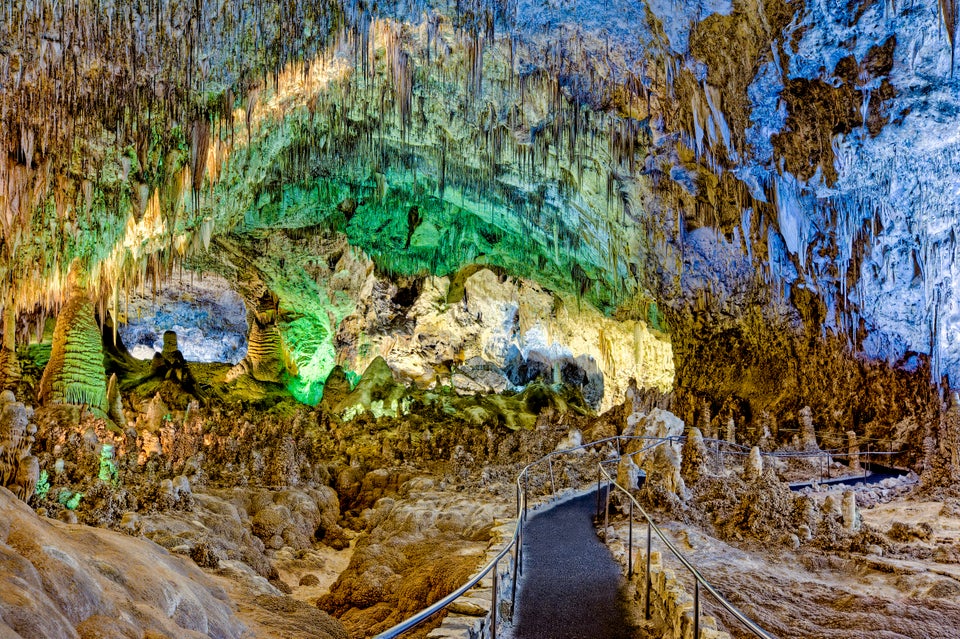
Perhaps the most unique-looking UNESCO heritage site in the U.S., Carlsbad Caverns National Park joined the list in 1995. Located in the Guadalupe Mountains of southeastern New Mexico, the park features rare geologic formations in a cave setting.
11. Statue of Liberty
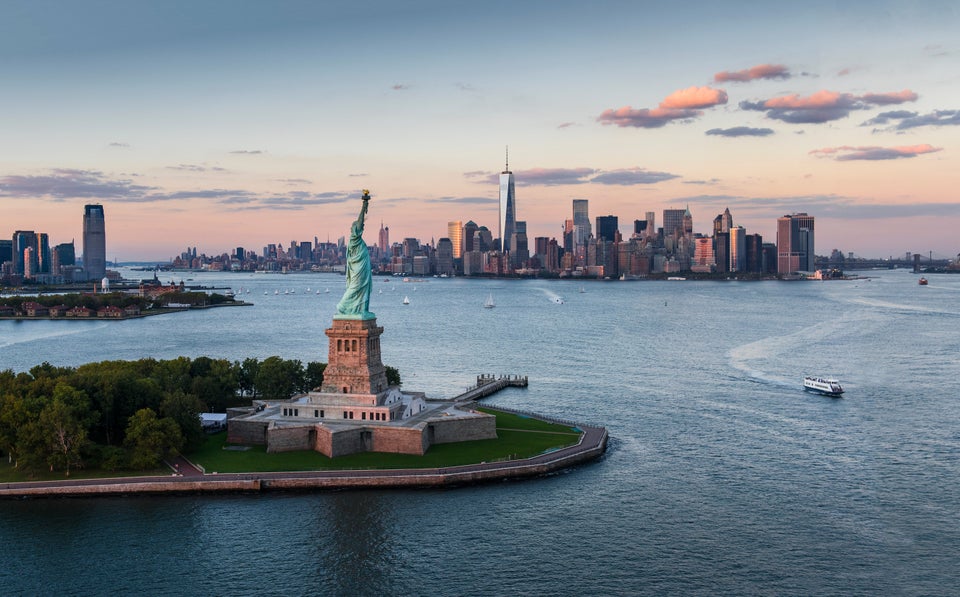
A gift from France to commemorate the 100th anniversary of American independence in 1886, the Statue of Liberty is an icon of New York City and the country as a whole. Located in New York Harbor, the sculpture played a significant role in welcoming millions of migrants as they reached the U.S., particularly in the early 20th century. It reached heritage site status in 1984.
12. Everglades National Park
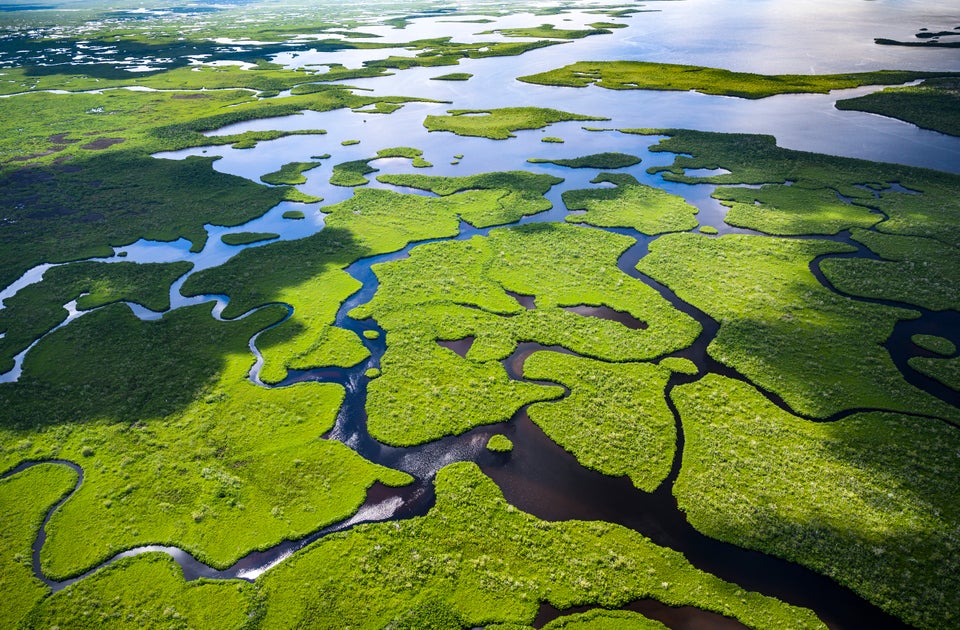
Everglades National Park was added to the UNESCO list in 1979 and is currently listed as endangered due to the degradation of its ecosystems. The Florida park is home to coastal and marine habitats and a variety of animal species.
13. Cahokia

Designated a heritage site in 1982, Cahokia — aka the Cahokia Mounds State Historic Site — in Illinois is not simply a collection of scattered hills; it was home to the largest and most influential urban settlement of the Mississippian culture. The site showcases the sophistication of this early civilization’s trade, culture and religious practices.
14. Glacier Bay National Park
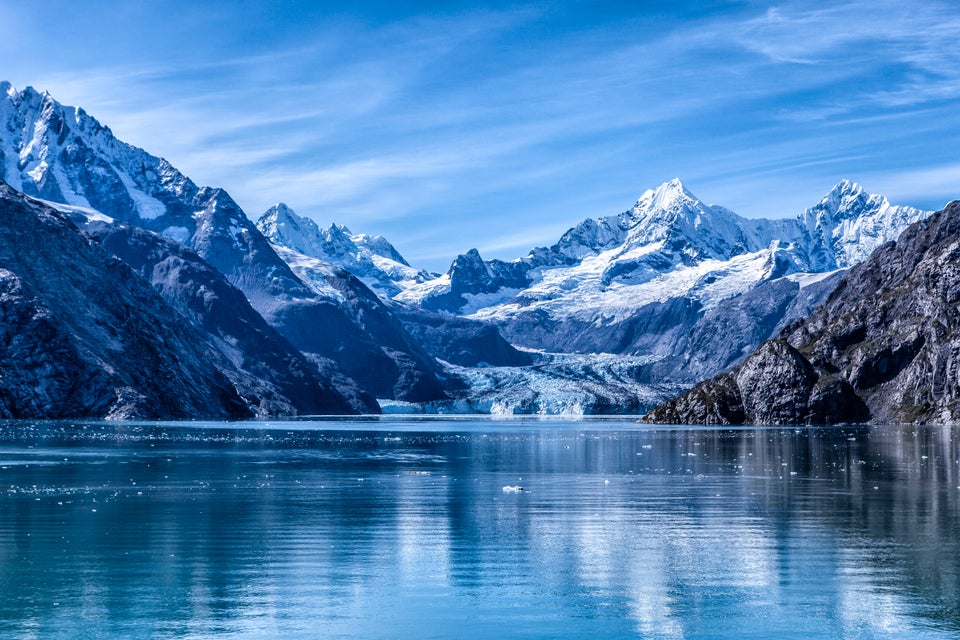
This scenic heritage site consists of four national parks and protected areas: two in the U.S. (Wrangell–St. Elias and Glacier Bay National Park in Alaska) and two in Canada (Kluane and Tatshenshini-Alsek). Only Glacier Bay was listed in 1979, but Kluane and Wrangell–St. Elias were added in 1992 and Tatshenshini-Alsek in 1994.
15. Chaco Culture
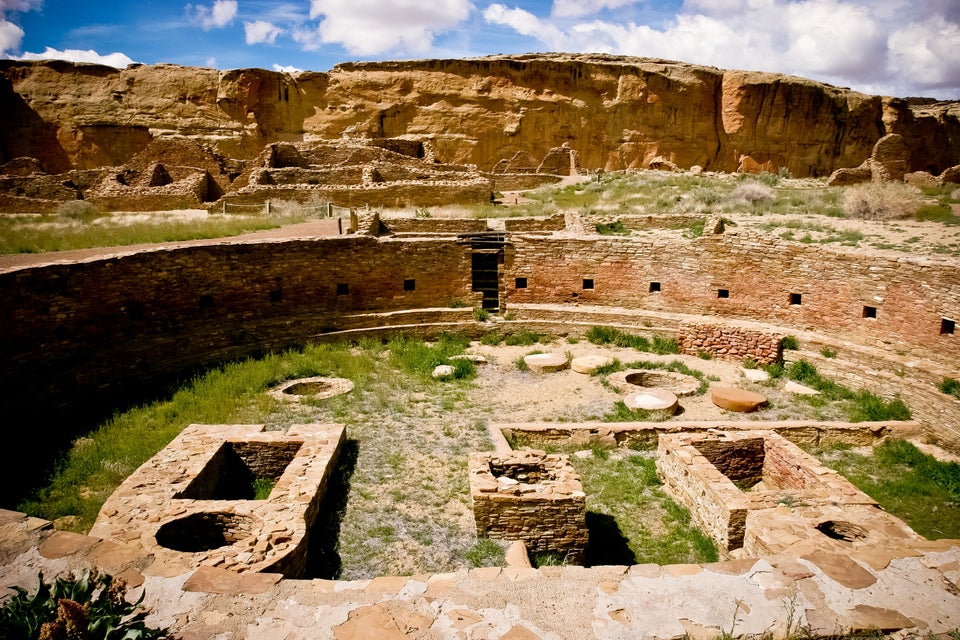
In 1987, UNESCO designated the Chaco Culture National Historical Park in New Mexico a heritage site. Once home to the Ancestral Puebloans, the listed property also includes the Aztec Ruins National Monument and a number of smaller Chaco sites.
Credit: Source link